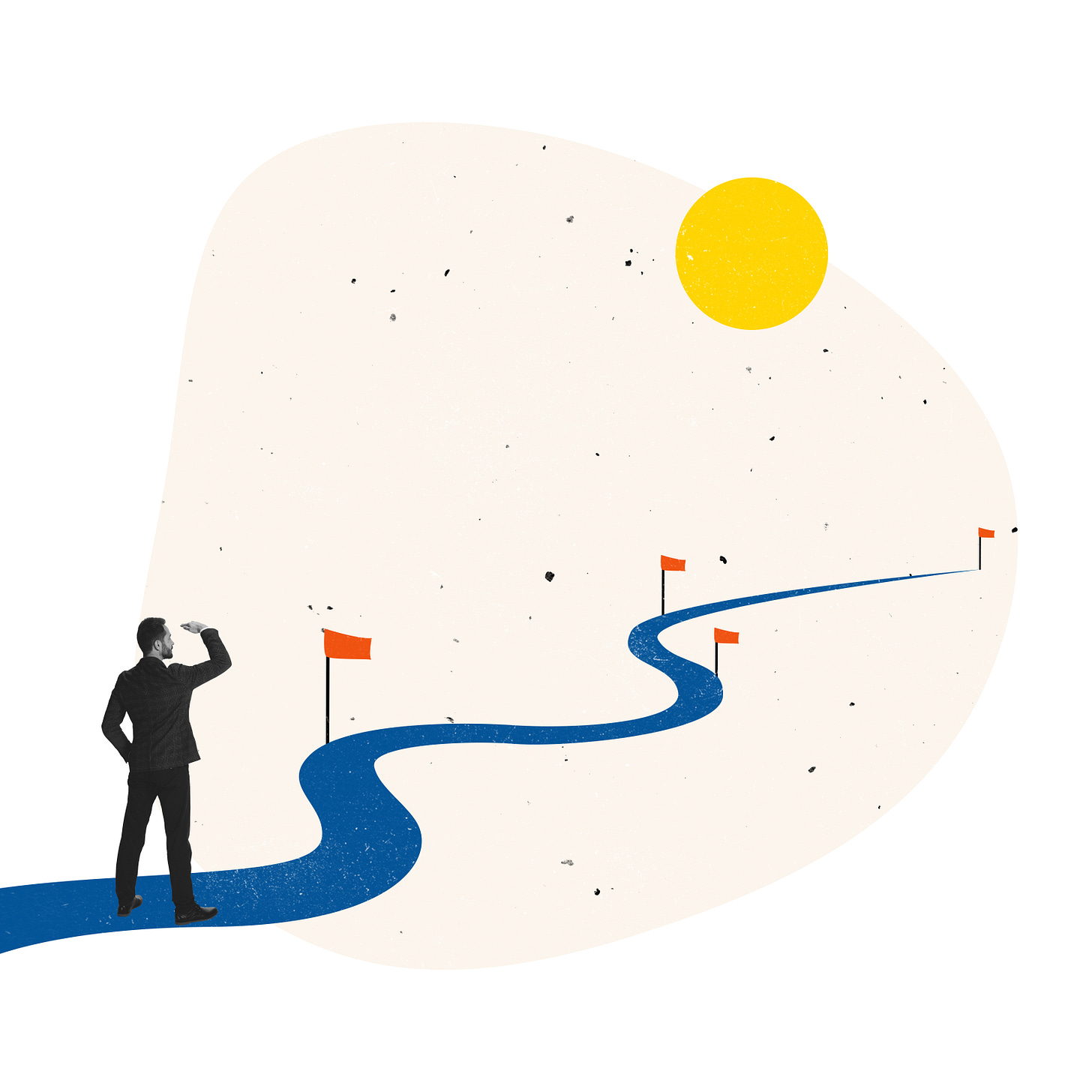Your MVP is Sitting on the Bench (Part 1)
Why every B2B sales, marketing and business leader needs to build, nurture and maintain their most valuable personal asset.

You may not have the network of the world’s top social influencer, Cristiano Ronaldo, who, at the time of this writing, has 787M followers and is considered soccer’s Most Valuable Player (MVP). But your network, though likely quite a bit smaller than Ronaldo’s, is your most valuable asset.
Is your MVP sitting on the bench?
Building, nurturing, and maintaining your personal B2B network should be something you think about and act on daily. It’s one of the few daily activities guaranteed to produce a healthy return on investment (ROI). Yet, most of us, myself included, have let it grow wild. We haven’t taken the time to nurture or even maintain it. We likely don’t even know how accurate our personal B2B database is.
This is part 1 of a 2 part post. In this first part, we’ll cover why building a healthy personal list of B2B contacts should be at the top of your to-do list. In part 2, we’ll cover how to save time by getting set up correctly, tools to help you do it, and nurturing your network in a way that doesn’t annoy them. In part 2, I’ll also introduce some of my favorite AI tools that make it easy to nurture your network.
2020 was a wake-up call for my MVP.
As awful as COVID was, compound that with losing your job. When COVID hit, I was at the Freeman company running a team focused on delivering innovative technology solutions for live events. I worked with smart, driven people like Dan Sherman, Mark Ledbetter, Wilson Tang, and Adrian Sanchez - all rock stars in the event tech space with unique talents. But that part of my career abruptly stopped when COVID-19 hit the scene. The live event marketplace stopped. Revenue from live events dried up quickly - no one was going to trade shows. Face-to-face marketing was dead for the foreseeable future. In June, I was released from the company and had to find my next big thing. It was the first time in my 25+ year career that I wasn’t working.
It’s not easy losing your dream job.
I spent a ton of time on LinkedIn. When I initially started my search, the path of least resistance was applying to job postings on LinkedIn. Applying to 10+ job openings a day felt super productive, but the return on my time investment was low. There was a ton of competition. Unless I connected with the target company, the odds were quiet for an interview opportunity.
Right now, 60% of jobs are found through networking, not online job forms.
My network came through. I had a solid list of contacts and connections loosely maintained on LinkedIn. Through the search process, I found that even colleagues I had not seen or spoken with in years were happy to connect and help. One of those friends was William Collins. William and I had worked together at Freeman, though not closely. We had barely stayed in touch since his departure from the firm a while back (my fault, not his).
This was long before I discovered the value of my network, so I wasn’t doing much to nurture and maintain my network. William introduced me to the team at Teknion Data Solutions (recently acquired by Resultant), leading me to my next dream job. The people I met there were exceptional - many of whom I will stay connected with throughout my life. The skills I learned were invaluable. All of this happened because I popped up on William’s LinkedIn feed one day while he was thinking about how to fill a role at Teknion. Powerful stuff.
I’m going to make a bold prediction about your future.
Well, maybe this prediction isn’t so bold considering the audience on xclr8. Our group comprises mainly sales, marketing, and business leaders hungry for knowledge and moving upward career paths. Given the audience, here’s my prediction for each of you:
I believe that within 18 months, you will experience one or more of these scenarios:
You will take a new job that could benefit from your network
You will advance in your current role by finding new opportunities through your network
You will lose a job (sorry - but it happens to all of us) and will need to find your next one through networking
You will start your own company (congrats in advance!)
You will help a friend start their own business (good karma)
If you foresee any of the above (and for most of us, at least one of these will happen), you must have your network cleaned up and ready to go. Don’t wait until you need it to start this effort. Your LinkedIn network will play a big part, but that’s only part of what you’ll need to succeed quickly.
LinkedIn is only part of your MVP.
Continue reading the full article here for free or subscribe and support our writing.
Keep reading with a 7-day free trial
Subscribe to xclr8 to keep reading this post and get 7 days of free access to the full post archives.


